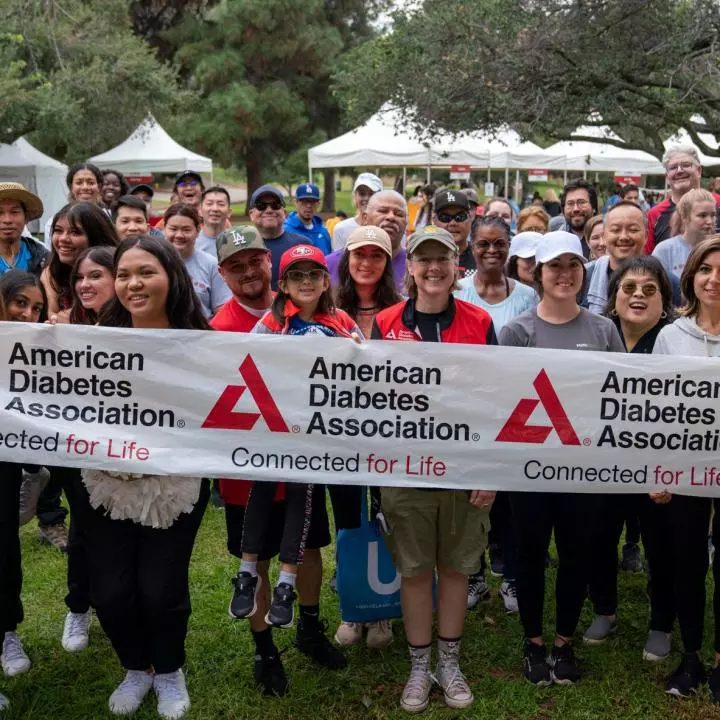There are some commonalities that distinguish the great leaders from the good ones. These seven association leadership best practices can help you lead your association toward growth and sustainability.
Shakespeare said it best regarding association leaders: Some are born great, some achieve greatness, and some have greatness thrust upon them. At my association consulting firm, Sequence Consulting, we have worked with association leaders at all levels for more than twenty-three years—from newbies to veterans, from struggling to stellar.
Truly great leaders are rare. They transform their organizations and drive exponential growth that others only dream of — by consistently following proven association leadership best practices. We’ve worked with many such leaders, and while their styles differ, they all share a commitment to association leadership best practices—specifically, these seven habits that others overlook:
1. Turn outward
It is easy to get bogged down in your organization’s demands and forget to look up. The best leaders make a point of seeking out new ideas and information from outside their own association. They look at organizations in the same space, outside their space, and even for-profits. This always helps leaders shift their beliefs about what’s possible and generates new opportunities.
Highly successful leaders habitually turn outward, scan the outside environment, and bring new ideas and innovations back to their own organization to stay ahead.
Highly successful leaders consistently do seven things others do not.
2. Listen to your rank and file
The members you interact with most are your volunteers. They are your true believers and the most active members. They are unlike most of your members, who join for different reasons, want different things, and feel differently about you. When we work with clients, we talk to both volunteer leaders and less engaged members. Their perspectives are seldom the same.
Highly successful leaders continuously solicit input from their rank-and-file members—and listen to them.
3. To know your members, be a member
We join all our clients’ organizations, but our clients seldom do. As a result, they don’t know their join experience, how much they communicate to their members, or what it’s like to try to find and use their benefits. They are often appalled when they find out. One client emailed their members more than five times daily but did not know it.
Highly successful leaders have their whole team sign up to see the experience through their members’ eyes so they can make improvements.
Turning outward shifts beliefs about what’s possible—and sparks new opportunities.
4. Master the data
Data is the most underutilized asset in most associations. Many associations struggle with data quality. Beyond that, they lack the analytic horsepower to make good use of the data they have. As a result, they don’t understand their trends, who their members are, or how they engage. As often as not, their long-held assumptions about their membership are faulty. One client thought members would never want a digital community. The data said otherwise. It is now one of the benefits that members value most.
Highly successful leaders implement enterprise data platforms and hire data scientists and mathematicians. They use the data to find groundbreaking insights and get breakthrough results.
5. Make membership everyone’s job
No membership is an island. Membership relies on every other part of your organization to succeed. These parts must work together to create great products, content, and experiences to drive member growth. In most organizations, only the membership team has member growth goals, and the rest of the organization, while well-meaning, has no incentive to worry about membership numbers. One client CEO who made membership a goal for everyone tripled their membership growth rate one year and doubled it again the next.
Highly successful leaders make membership everyone’s job. They build it into every incentive plan so that when membership wins, the whole organization wins.
6. Invest in capabilities
Associations that survived the pandemic most successfully were those that invested in the capabilities they needed to adapt and evolve—data analysis, content creation, marketing automation, and UX. No one could have predicted what the crisis would demand of them. Having the tools and skills in place to rise to the occasion was the key to thriving in a difficult time.
Highly successful leaders believe that if they build the right capabilities, the right solutions will follow.
7. Stop before you start
Associations are notorious for starting things they never stop. Programs whose purpose has long passed or been forgotten live on, diverting resources and distracting focus until there is no room left for big ideas that will make a big difference. One client counted more than 75 programs they supported, most underperforming. By focusing on four strategic priorities instead, this CEO was able to concentrate on spaces where they had a right to win and thus transformed the organization.
Highly successful leaders make the hard decisions and say “stop” before they start new programs—to drive strategic focus, innovation, and sustained growth.
Highly successful leaders make the hard decisions and say ‘stop’ before they start something new.
Conclusion
These are more than just healthy habits—they’re association leadership best practices that separate the good from the great and position leaders to drive lasting impact. We believe every association leader can be highly successful. These seven habits will put you well on your way to achieving greatness.
For more on Association Leadership Best Practices please see: Forget Unicorns, Think Platypi: Why Associations Are Better Than Corporations and Building a Culture of Innovation in Associations.
Originally published in ASAE as: Seven Habits of Highly Effective Association Leaders.








